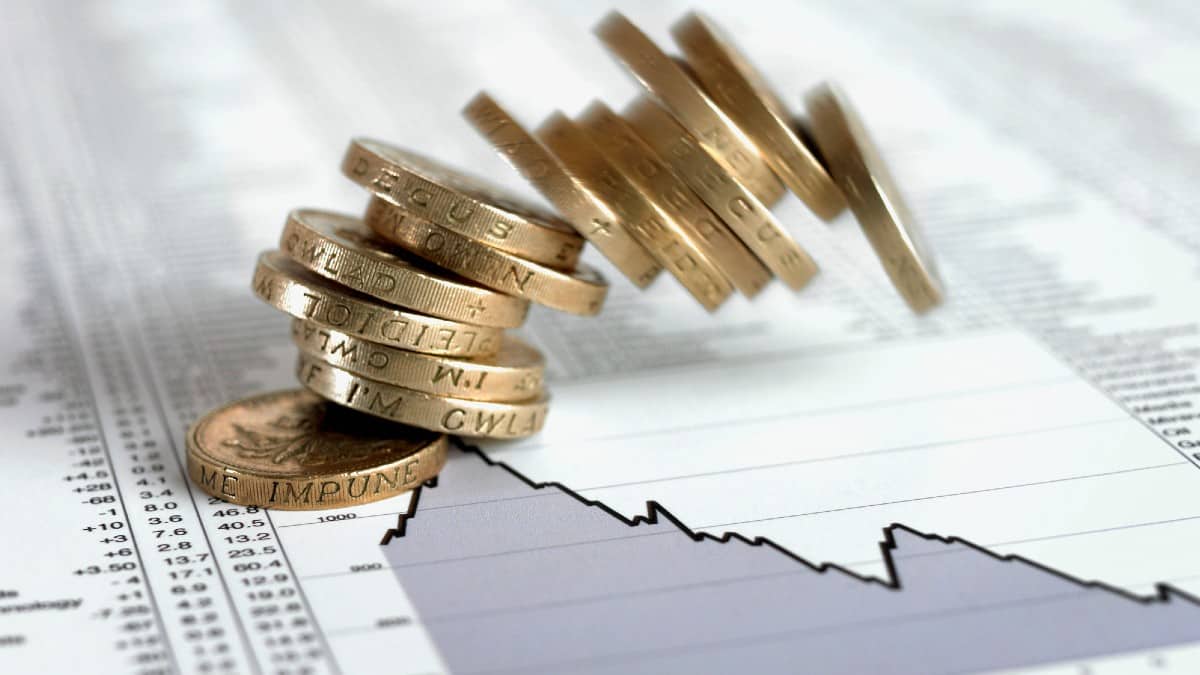The IAG (LSE: IAG) share price appears cheap at current levels. The stock is trading at just under 200p, at the time of writing. That’s more than 50% below the level at which it began 2020.
However, just because a stock looks cheap compared to its trading history doesn’t necessarily mean it is. On an underlying basis, IAG, which owns British Airways, among other airlines, has seen its profits and balance sheet deteriorate substantially over the past 12 months. As such, it’s not unreasonable to say business is worth considerably less today than it was at the beginning of last year.
But, after a rough 2020, the airline group is now on the road to recovery. And as the company recovers, the IAG share price could follow suit.
Improving outlook
As the global economy has started to open up again, demand for air travel has gradually increased. According to the International Air Transport Association, April’s global air demand was 65.4% lower than its pre-crisis level in April 2019. That was at least an improvement from being 66.9% lower in March.
While passengers are returning to the skies, these figures illustrate the challenges IAG and its peers face. Virtually every single airline needs to fill its planes to near capacity to earn a profit. Unfortunately, with air traffic still 65% below pre-crisis levels, it seems as if most airlines won’t even come close to the level of capacity they need to earn a profit this year.
That’s terrible news for the IAG share price. City analysts were already forecasting a lousy year for the business in 2021. But looking at the current pace of the recovery and lack of international travel from the UK, its home market, it seems the outlook has only become more uncertain.
Therefore, it could be the case that the company’s recovery takes longer than expected. This could mean the stock is a value trap at current levels.
IAG share price: a value trap?
A value trap can be broadly defined as any business that looks cheap, but is cheap for a reason. It’s usually the case that the firm’s ability to make profits has been severely and/or permanently impaired in some way. I think the IAG share price could be a value trap because unclear, as of yet, if demand for air travel will ever return to 2019 levels. That’s what concerns me.
If it doesn’t, the IAG share price could remain permanently depressed.
That said, uncertainty prevails at this point. The market may never recover. But, then again, it could also recover quite quickly. When international travel reopens, consumers may return to the skies in large numbers. This would be hugely positive for the airline group, especially as many of its peers have had to take government bailouts in the crisis, which have come with stringent restrictions. These restrictions may impede their ability to compete effectively going forward.
Still, despite this best-case-scenario potential, I wouldn’t buy the stock for my portfolio today. I think there are other companies on the market with better growth prospects over the next five-to-10 years.
